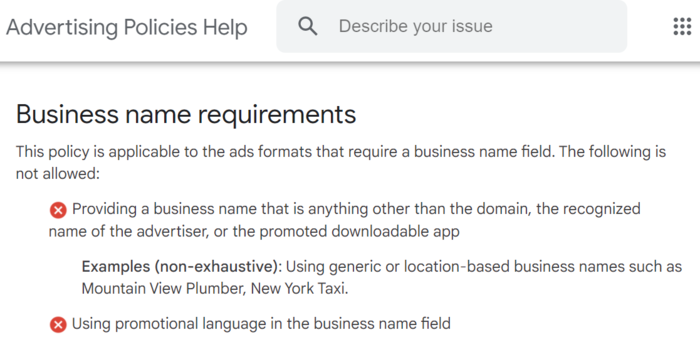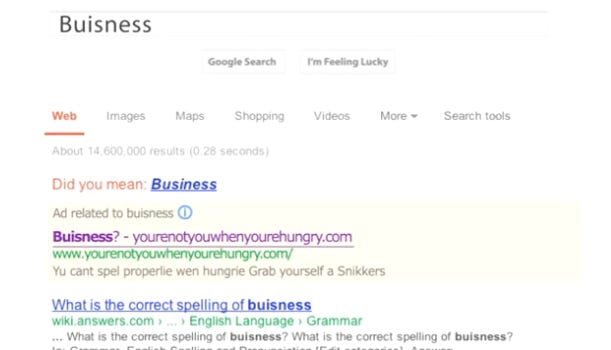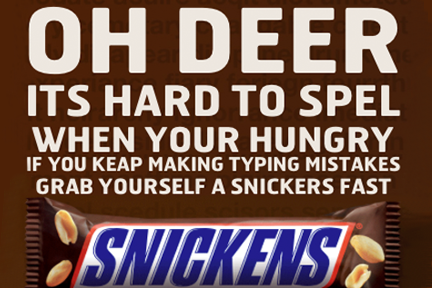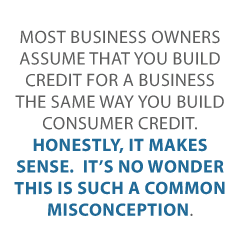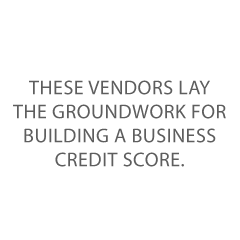
How to Build an All Star Team of Tier 1 Business Credit Vendors to Kick Off Business Credit
Do you ever feel like trying to get credit for your business is like playing a game, but you don’t know the rules? Imagine trying to play football but having no clue how the game works. From kick off, you would be doomed to lose. The same is true with business credit. If you don’t know what rules credit providers are playing by, you may feel like it’s a losing game from the beginning. The best way to kick off business credit is with Tier 1 business credit vendors.
Put Together a Winning Team with Tier 1 Business Credit Vendors
As with any great football program, you need great players and a great coach if you are going to win. Credit Suite offers great coaching through the7 steps in the Business Credit Builder. Then, once you work your way through the first couple of steps, you will have no problem recruiting a winning team of Tier 1 business credit vendors in step 3.
What Are the First Steps?
Of course, It does you no good to have a team if you don’t have a score board or even a field to play on. So, you have to complete the first two steps to start. Step 1 is to build a fundable foundation. This is how credit providers will see that your business is legitimate and separate from you as the owner.
Here is a quick summary some of the things included in a fundable foundation:
- Physical address where you can receive mail
- Toll free phone number listed in the 411 directories
- EIN
- Incorporating as an S-corp, LLC, or corporation
- Dedicated business bank account
- Proper licensing
- Business website
After that, you have to establish your business credit reports, which includes getting a D-U-N-S number from Dun & Bradstreet and making sure you are listed with the other business credit reporting agencies. Obviously, you cannot have a business credit score without a business credit report for vendors to report payments to. Establishing this “scoreboard” is Step 2.
Step 3: Tier 1 Business Credit Vendors
This is the step where you actually start building your business credit. To win the game, you have to choose the right vendors for your team. Without established business credit, it is going to be hard to recruit. You have to go after the right ones for this stage. These are vendors in tier 1, also known as starter vendors.
These vendors lay the groundwork for building a business credit score. They can provide initial accounts that report so that you can get a business credit score on the board. Just like a winning team is a powerful recruiting tool in football, an initial business credit score opens the possibility of approval for advanced vendor credit accounts.
What Makes a Vendor a Tier 1 Business Credit Vendor
These are usually companies that do not specialize in extending credit. Rather, they are retail businesses that may extend net terms on invoices to their customers as a courtesy. Usually they offer either 30, 60, 90 days or however many days the net terms state, to pay in full.
It’s different from a credit card because it is not revolving credit, and there is no card. They extend this type of credit to customers without depending as heavily on creditworthiness as other vendors do. That’s not to say they just give net terms to anyone. They will just take factors other than business credit into account when determining creditworthiness.
With many of them, if you complete step one and build a strong fundable foundation, you are likely to get approval.
Other Factors to Determine Creditworthiness
These vary from vendor to vendor, but some examples include:
- Previous or current relationship with the customer
- Time in business
- Average balance in business bank account
- And more
The Importance of Reporting
Vendors that extend net terms without relying solely on business credit reports are hard enough to find. However, to be a true tier 1 business credit vendor, they also have to report positive payment history to the business credit reporting agencies.
Many vendors will report negative payment experiences, but they will not report on-time payments. Unfortunately, this is the case with more than nine out of every ten vendors. As you can imagine, this is a huge problem when it comes to building business credit. You need credit to get credit, and starter vendors that report are the only way to break the cycle. Yet, they are almost impossible to find on your own.
Why Can’t I Find Tier 1 Business Credit Vendors On My Own?
It’s not totally impossible. But, vendors do not make it easy to figure out how heavily they rely on business credit reports or whether they report payments. That only leaves you with a couple of options if you want to do it on your own.
You can apply for accounts with the vendors you already use. Since they already work with you, they may be willing to offer credit based on your relationship rather than credit history. You can also just apply for vendor accounts and hope for the best. If you monitor your business credit reports, you will be able to see if they are reporting.
Obviously this trial-and-error method has some glaring holes in it. First, there is no telling how long it will take to get approval for just one account. Then, you will not know if they are reporting until you see or don’t see it on your business credit report. You need at least 3 accounts reporting to establish a business credit score. This method takes a lot of time and causes a lot of frustration. Not only that, you may never get where you need to be before the lack of ability to get funding shuts you down for good.
How to Find Tier 1 Business Credit Vendors
Working with someone who has an inside track on which creditors will extend net credit without a credit check, and report on-time payments, saves time and frustration. You can know you are eligible for approval before you apply. Then, as you get approval and start using the credit, you will know your business credit score is growing because you know the vendor reports.
Many times a business credit specialist can help you find less costly ways to monitor your business credit reports as well.
Examples of Tier 1 Business Credit Vendors
While there are several such vendors in Tier 1 of the Business Credit Builder, seeing examples can help you get an idea of what’s available. Here are a few to get you started, but remember it takes more than one account reporting to move on to tier 2 vendors.
Grainger Industrial Supply
This vendor sells hardware, power tools, pumps and more. They report to Dun and Bradstreet, and if a business doesn’t have established credit they will want to see other information like accounts payable, income statement, balance sheets, etc.
They offer net 30, 45, 60, or 90 terms, and qualification requirements include:
- Being an entity in good standing with the applicable Secretary of State
- Being registered with the Secretary of State (SOS) for at least 60 days
- An EIN
- A business address that is consistent everywhere it is listed
- A D-U-N-S number
- All business licenses (if applicable)
- A business bank account
Uline
Uline sells shipping, packing and industrial supplies. They report to both Dun & Bradstreet and Experian. Before you can get approval for net terms, you MUST create an account with them. They offer net 30 terms.
Qualification requirements include:
- Being an entity in good standing with Secretary of State
- An EIN
- A business address (matching everywhere)
- D-U-N-S number
- Business bank account
- Business phone number listed in 411
- A D&B PAYDEX score of 80 or better (although if you meet the other requirements you may get approval anyway)
The credit department may require a few prepaid orders before extending net terms.
Home Depot Pro
As part of the Home Depot family, they offer facility maintenance supplies. This vendor will not accept virtual addresses. They report to Experian, and offer net 20 terms.
Qualification requirements include:
- Being an entity in good standing with Secretary of State
- An EIN
- Business address (matching everywhere)
- D-U-N-S number
- Business license (if applicable)
- Business bank account
- Trade/bank references
- There is no minimum time in business requirement
Using Tier 1 Business Credit to Prepare for the Future
Consider the following example:
A business ships items to customers on a daily basis. In fact, shipping expenses make up a significant portion of business costs. A vendor account with Uline can allow you to stock up on shipping and packing supplies now, before prices get any higher due to continuing inflation. Then, you will be able to avoid raising shipping costs for your customers for a longer period of time.
In addition, it’s no secret that supply chain problems are plaguing most everyone right now. It’s going to get worse before it gets better. Vendor credit will allow you to place orders for things now, in anticipation of the fact that it may take a bit for them to come in.
The Quickest Way to a Touchdown
Once you have a number of tier 1 business credit vendors reporting, you will be able to move on to more advanced vendors. This will allow your business to always have access to the funds it needs to grow. That’s definitely worthy of major points.
The post How to Build an All Star Team of Tier 1 Business Credit Vendors to Kick Off Business Credit appeared first on Credit Suite.


